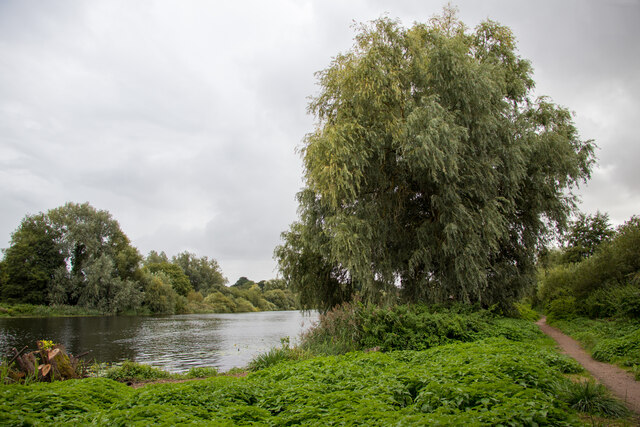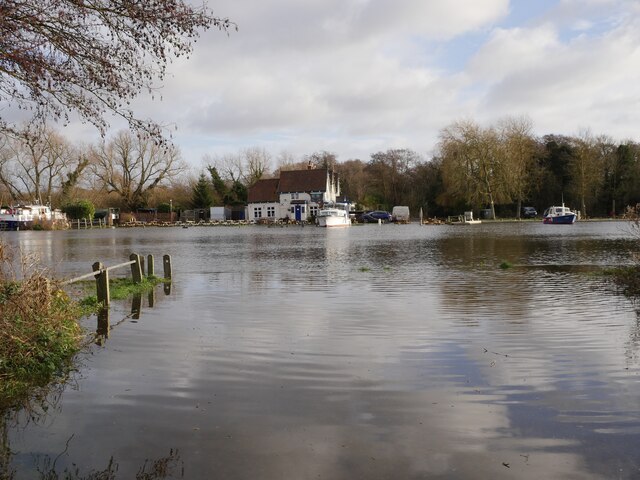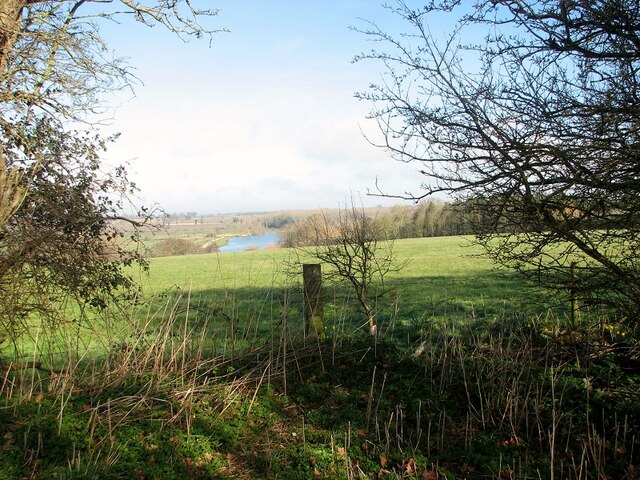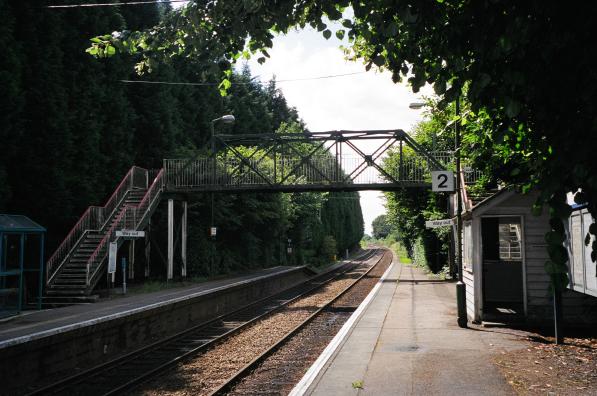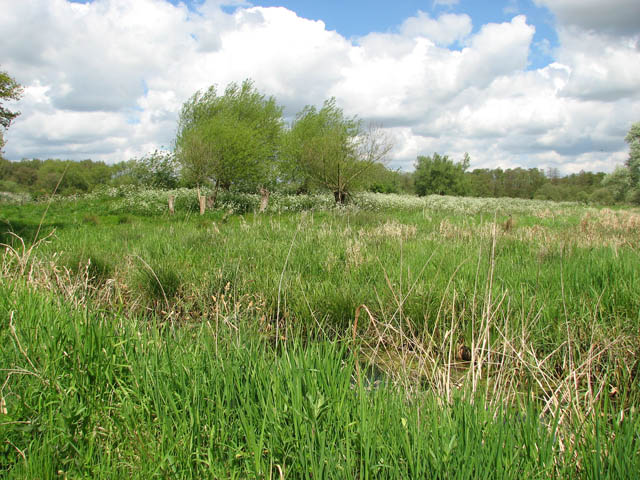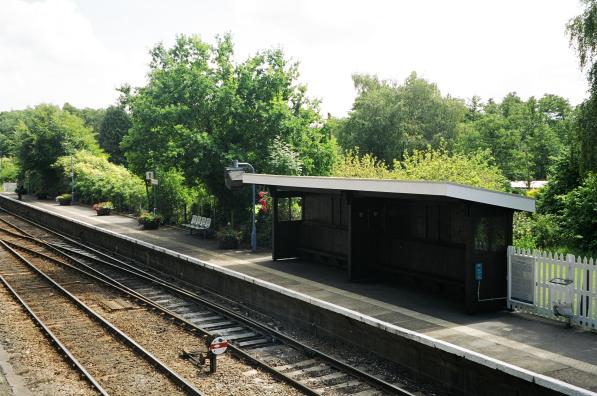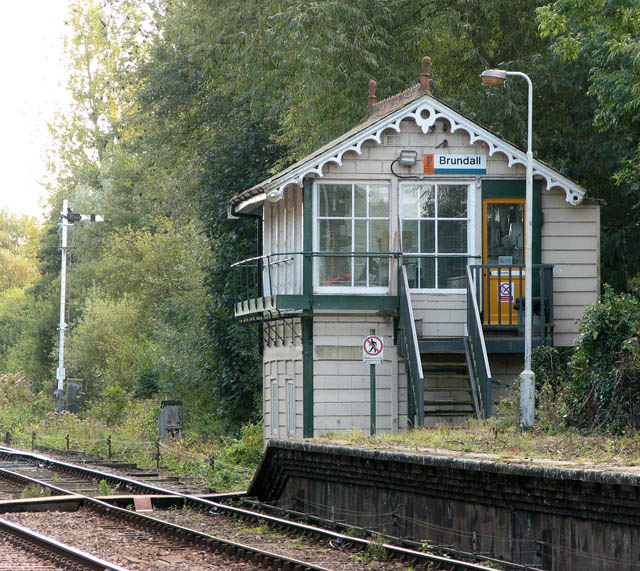Brundall Marsh
Coastal Marsh, Saltings in Norfolk Broadland
England
Brundall Marsh
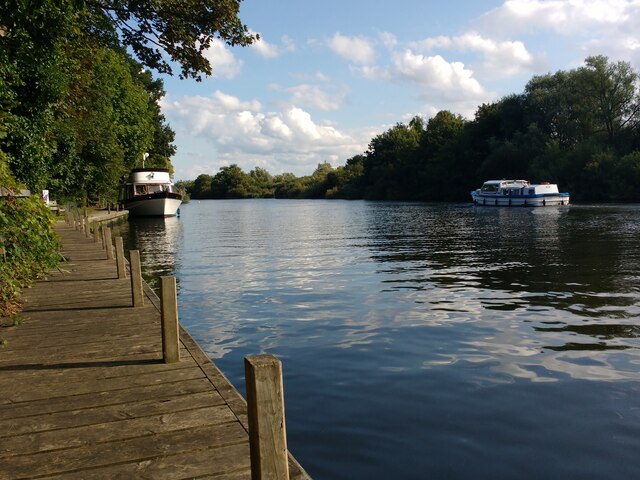
Brundall Marsh is a picturesque coastal marsh located in Norfolk, England. It is situated along the banks of the River Yare, just a few miles east of Norwich. This coastal marsh is characterized by its vast expanse of salt marshes and saltings, making it a haven for a diverse range of flora and fauna.
The marshland at Brundall is predominantly made up of mudflats, creeks, and salt marshes. These habitats are created by the tidal influence of the river, which brings in a constant supply of nutrient-rich sediment. As a result, the marshland is teeming with life, attracting a variety of birds, insects, and plant species.
The area is a designated Site of Special Scientific Interest (SSSI) due to its important role in supporting a wide range of bird species. Brundall Marsh is particularly known as a breeding ground for wading birds such as redshanks, dunlins, and avocets. It also serves as a vital stopover for migratory birds during their long journeys.
The salt marshes of Brundall are an important habitat for various plant species that have adapted to the harsh conditions of the marsh environment. These plants include sea lavender, sea aster, and samphire, which provide an important food source for the resident and visiting bird populations.
Brundall Marsh is a popular destination for nature enthusiasts, birdwatchers, and walkers who can take advantage of the numerous footpaths and trails that meander through the marshland. The peaceful and untouched beauty of this coastal marsh makes it an ideal spot for wildlife observation and appreciation.
If you have any feedback on the listing, please let us know in the comments section below.
Brundall Marsh Images
Images are sourced within 2km of 52.619688/1.4088578 or Grid Reference TG3007. Thanks to Geograph Open Source API. All images are credited.
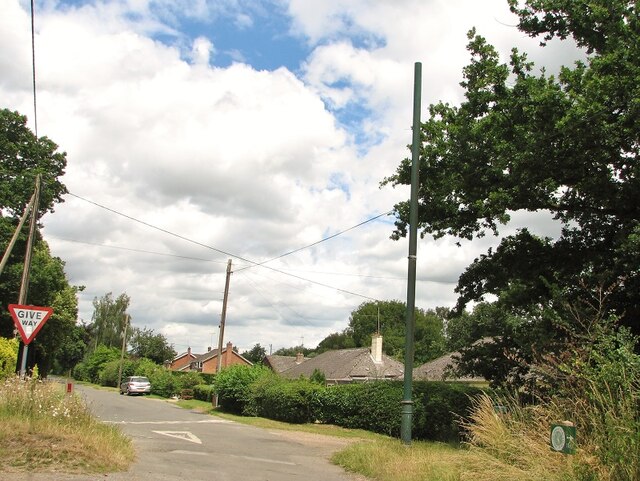
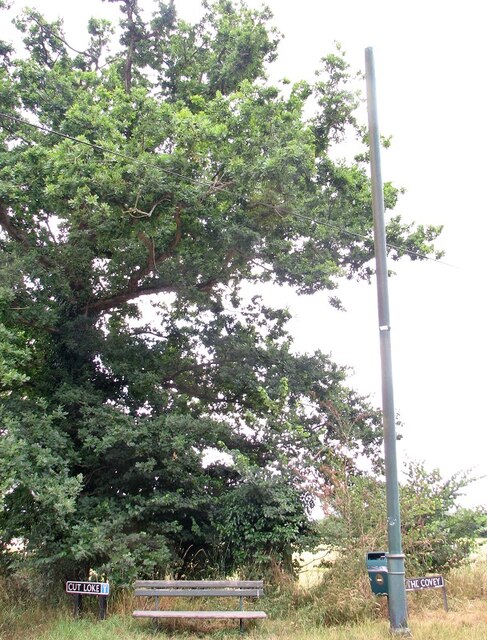
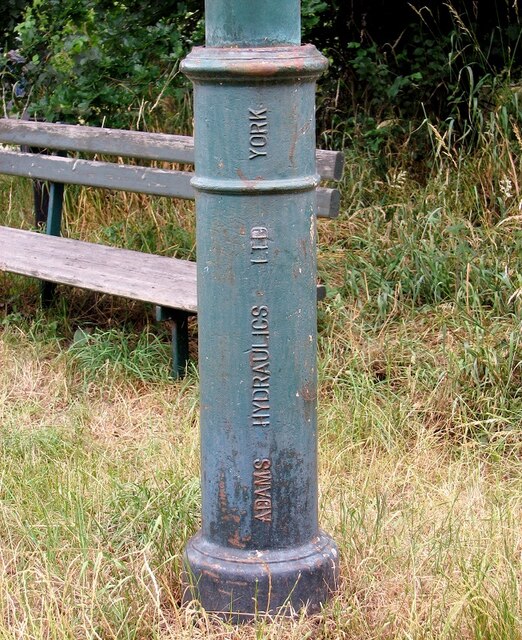
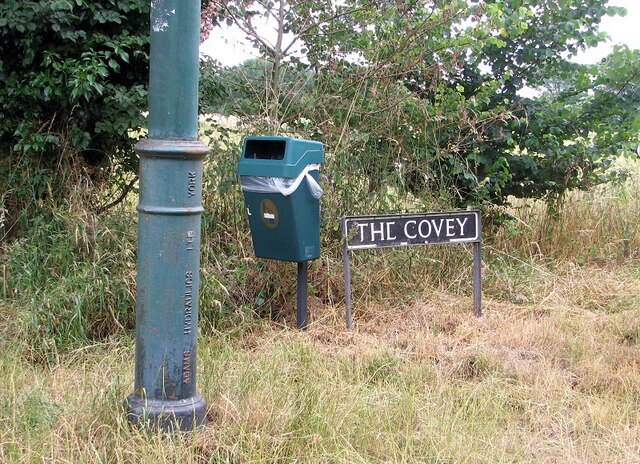


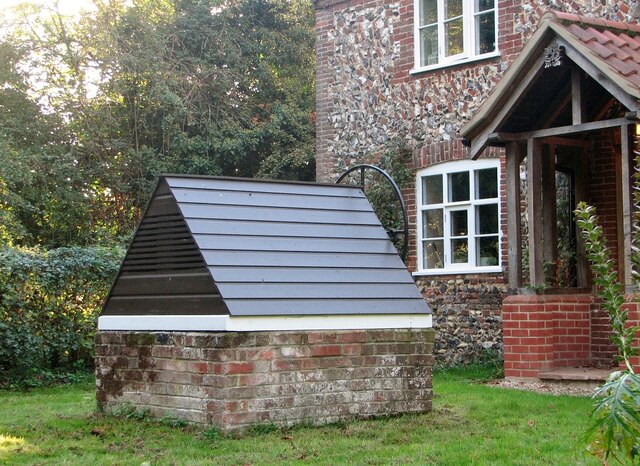
Brundall Marsh is located at Grid Ref: TG3007 (Lat: 52.619688, Lng: 1.4088578)
Administrative County: Norfolk
District: Broadland
Police Authority: Norfolk
What 3 Words
///tanked.yield.burglars. Near Brundall, Norfolk
Nearby Locations
Related Wikis
Brundall Gardens railway station
Brundall Gardens railway station is on the Wherry Lines in the East of England, serving the western side of the village of Brundall, Norfolk. It is 4 miles...
Postwick with Witton
Postwick with Witton ( ) is a civil parish on the Broads in the English county of Norfolk, comprising the two adjacent villages of Postwick and Witton...
Surlingham Church Marsh RSPB reserve
Surlingham Church Marsh is a small RSPB nature reserve in the Norfolk Broads, England. It is part of Yare Broads and Marshes Site of Special Scientific...
Surlingham
Surlingham is a village and civil parish in the South Norfolk district of Norfolk situated on the Broads in eastern United Kingdom. It lies approximately...
Brundall
Brundall is a village and civil parish in the English county of Norfolk. It is located on the north bank of the River Yare opposite Surlingham Broad and...
Lesingham House
Lesingham House is a country house in Surlingham, Norfolk, England, part of which was supposedly built in 1655. == History == Lesingham House was supposedly...
Brundall railway station
Brundall railway station is on the Wherry Lines in the east of England, serving the village of Brundall, Norfolk. It is 5 miles 60 chains (9.3 km) down...
Brundall signal box
Brundall signal box is a Grade II listed former Great Eastern Railway signal box on Brundall railway station in Norfolk, England. Located on the Wherry...
Nearby Amenities
Located within 500m of 52.619688,1.4088578Have you been to Brundall Marsh?
Leave your review of Brundall Marsh below (or comments, questions and feedback).

